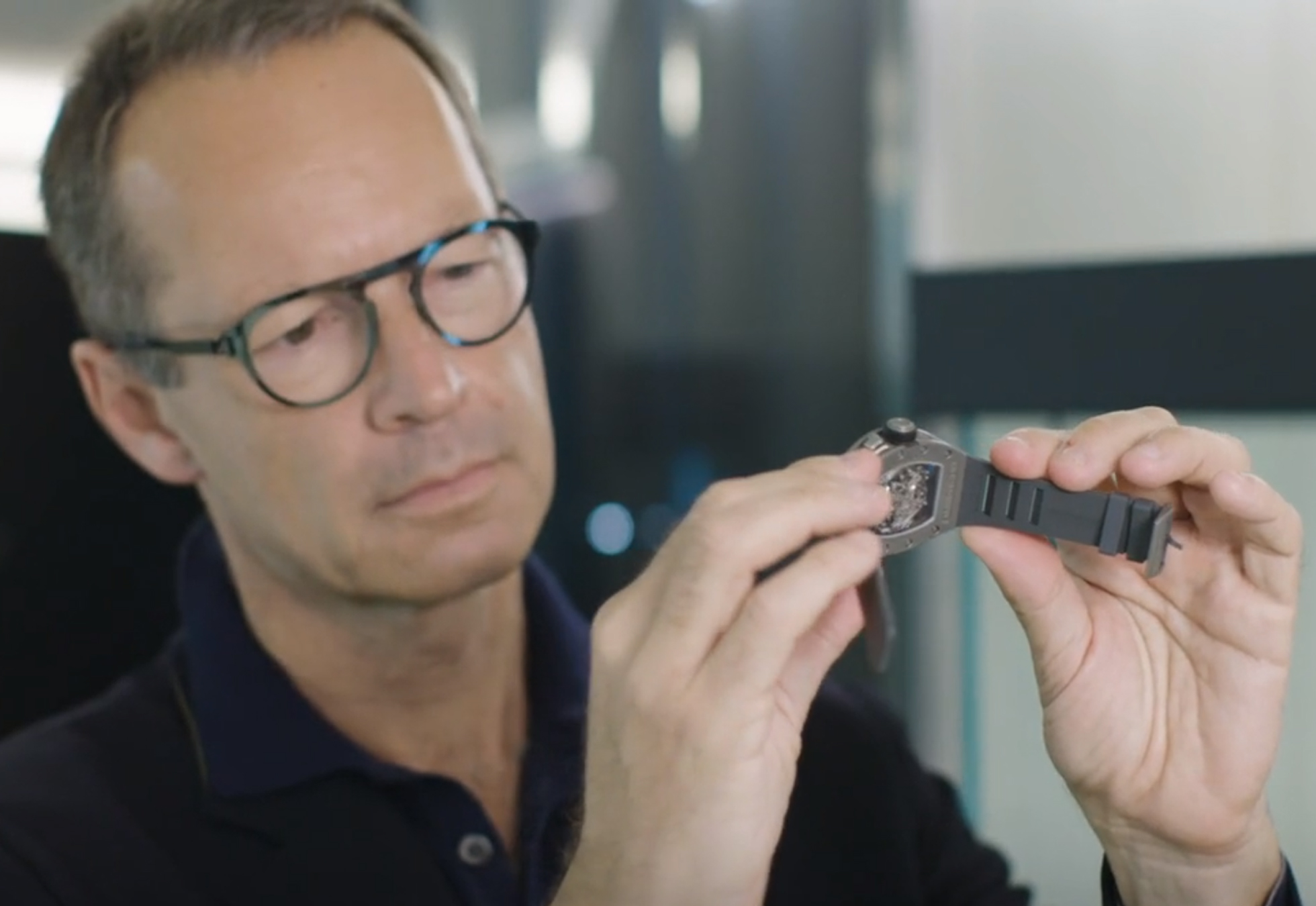Christie’s Education is introducing a new online course History of Watches: 1700 to Now, starting on 17 September, that would be a perfect introduction to the world of today’s greatest brands for shop floor executives of luxury watch retailers.
In an era when customers arrive armed with information on every brand’s watches and story arc from the Internet, it is more important than ever that in-store teams have a strong grounding in how the watch industry has developed through to the present day.
This 5 week video-based programme will introduce the development of watches from their first appearance in the pocket to today’s wristwatches, bringing together science, engineering and artistry.
Delegates can log in from across the world to learn the features of the mechanical watch through custom animations, as well as hear first-hand about the development of the industry from prestigious designers and historians.
The $1,500 course, written and presented by independent watch consultant Dr Andrew Hildreth (pictured top), includes exclusive video interviews with Emmanuel Breguet of Breguet, Pascale Lepeu of Cartier, Stephen Forsey of Greubel Forsey, Richard Mille and collector Eric Ku on his relationship with Rolex.
It is broken down into five sessions: understanding the development and function of the watch mechanism; the design of the wristwatch across the twentieth century; significant watch brands; the Quartz Crisis and the rise of craft; and the market for vintage watches.
“As I worked on the lectures, I was able to bring together themes and threads in the history of watches, such as how the wristwatch has evolved into the form and shape it holds today. And of course, not just the watch itself, but also how the industry and wearers’ preferences have changed over the past century or so,” says Dr Hildreth.


Can you please send me the link? And can regular watch lovers too watch it?